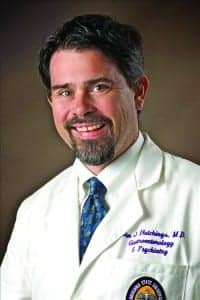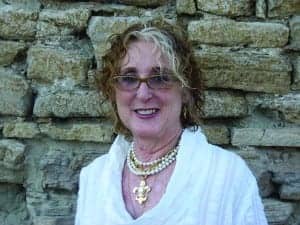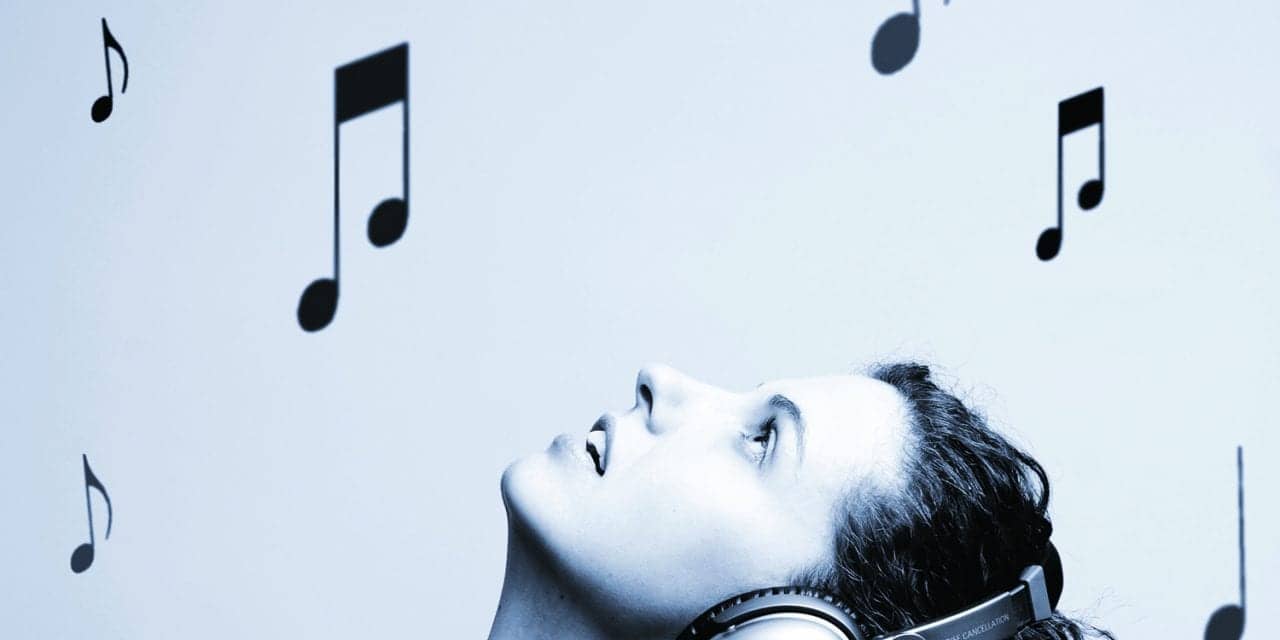EXPERT ROUNDTABLE: Music & Hearing | February 2017 Hearing Review
Educating music lovers to take care of their hearing
Hearing loss prevention helps maintain lifelong musical enjoyment. When performing or listening to music, one should always employ high-quality earplugs, avoid undue direct exposure to the sound, and limit alcohol intake which can lessen awareness of the pain of louder sounds.
One hundred years ago—at the time of the first Jazz recording—the only health concern musicians were aware of was avoiding the potentially physical danger of the slide of the trombone. Yet, these early 20th century musicians unwittingly created a revolution of sound that opened the door to a variety of noise-induced hearing disorders for generations to come.
The New Orleans Musicians Clinic (NOMC) was established in 1998 as the first clinic in the United States to provide comprehensive medical care and social services to musicians. Our patients receive in-depth audiograms, free of charge, through our partnership with New Orleans Speech and Hearing which was founded in 1930.
As NOMC Director Lesley Jernigan notes, “The musicians in their 20s to 30s are the most hearing aware. They actively seek hearing protection. The other group committed to hearing protection are sound engineers.” Jernigan believes that this latter group tends to be more educated, having received academic training in acoustics, and many have attitudes that are in sharp contrast to musicians in their 50-60s. “Some [musicians] act as if they don’t really care if they have a hearing loss,” says Jernigan. “If there is deafness, then ‘no problem’; they do not wish to do anything about it. Also, they often are not interested in hearing protection, as they believe ‘I’ve survived this long.’”
Hearing impairment can have a profound effect on the quality of life of any individual—but its impact can be especially profound on musicians. Perhaps the most famous musician with hearing loss was Ludwig van Beethoven. It is believed that his symptoms began with tinnitus, which progressed to interfere with his ability to hear music. By the time he was in his mid-40s, Beethoven’s hearing loss had progressed to the point where he had to sit on the floor and place his ear to his modified piano to feel the vibrations. His famous Heiligenstadt Testament, a letter to his two brothers, poignantly reflects his despair over his hearing loss. He became markedly depressed and even considered committing suicide, but in the end, his passion for music helped him to complete his artistic destiny.1
Today, noise-induced hearing disorders impact more than 15% of Americans ages 20 to 69—or 26 million Americans.2 Musicians are at particular risk. In their youth, they often feel invulnerable and are eagerly willing to risk any number of senses in a quest for excellence (and adventure). Unfortunately, unbridled pleasure seeking can have long lasting-consequences for both physical and mental well being.
Hearing loss never goes away and has been recently linked to an increased risk of depression in adults of all ages; the prevalence of depression has been shown to increase as the hearing impairment worsens.2 Research has also demonstrated that, as hearing loss progresses, anxiety incrementally increases as well.3
Hearing impairment also exacerbates anxiety-producing situations, even among people who use assistive listening devices. Those who suffer from hearing loss will often begin to have a markedly worsening quality of life associated with avoidance, isolationism, and low self-esteem.
Prevention is crucial to the maintenance of lifelong musical enjoyment. When performing or listening to music, everyone should employ high quality earplugs, position oneself to avoid direct sound exposure, and limit alcohol intake, which can lessen awareness to the pain of louder sounds.4,5
References
-
Beethoven: Life and work. 2007. Available at: http://www.beethoven.ws
-
Li C, Zhang X, Hoffman HJ, Cotch MF, Themann CL, Wilson MR. Hearing impairment associated with depression in US adults, National Health and Nutrition Examination Survey 2005-2010. JAMA Otolaryngol Head Neck Surg. 2014;140(4):293-302. doi:10.1001/jamaoto.2014.42
-
Kochkin S, Rogin CM: Quantifying the obvious: The impact of hearing instruments on quality of life. Hearing Review. 2000;7(1):8–32.
-
National Institutes on Deafness and Other Communication Disorders (NIDCD). Noise-induced hearing loss. Bethesda, Md: NIDCD. NIH Pub No. 14-4233. Updated: May 2015. Available at: https://www.nidcd.nih.gov/health/noise-induced-hearing-loss
-
US National Library of Medicine. Hearing loss and music. May 25, 2016. MedlinePlus Medical Encyclopedia. Available at: https://medlineplus.gov/ency/patientinstructions/000495.htm


Citation for this article: Hutchings JJ, Bultman BE. Promoting safe sounds in the birth city of American music. Hearing Review. 2017;24(2):20.
MORE ARTICLES IN THIS SERIES…
Expert Roundtable: Music & Hearing (February 2017 Hearing Review)
Expert Roundtable: Music & Hearing on the 100th Anniversary of Recorded Jazz, By Marshall Chasin, AuD, Bethany Ewald Bultman, and Dan Beck, Guest-editors
Jazz: An Acoustical Revolution, By Bethany Ewald Bultman
The Evolution of Hearing Conservation Guidelines and Standards in the United States, By Mark Stephenson, PhD
A Historical Perspective on Hearing Protection, By Patricia A. Johnson, AuD
Ear Infections Over the Ages, By Kenneth Einhorn, MD
Promoting Safe Sounds in the Birth City of American Music, By John J. Hutchings, MD, and Bethany Ewald Bultman
Temporary Threshold Shift (TTS) Is NOT So Temporary, By Marshall Chasin, AuD
Have We Really Come That Far? By Dan Beck




